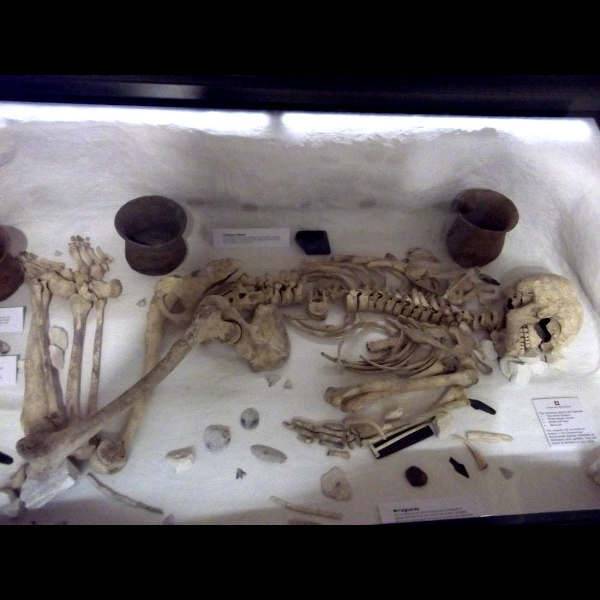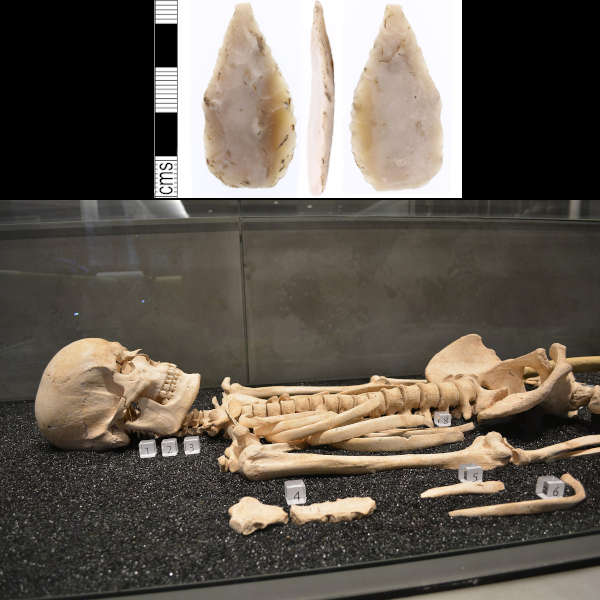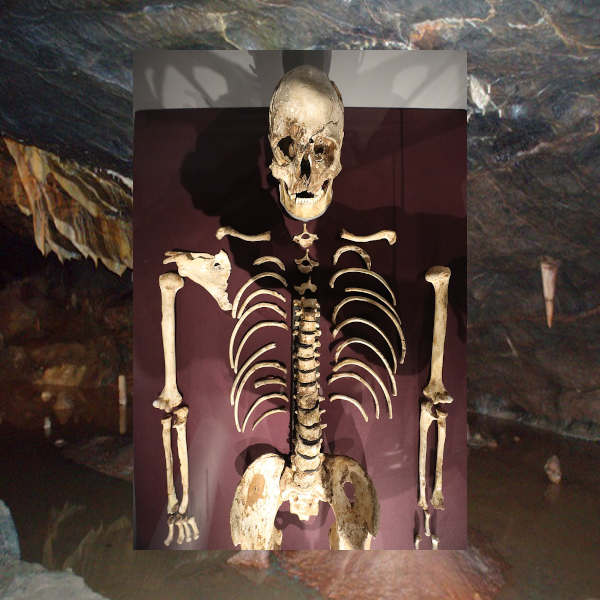DNA spotlight
Ancient Britain and Stonehenge
Stonehenge was built in Neolithic times (circa 2300 BC) and drew ailing pilgrims from around Europe for what they believed to be its healing properties, according to recent research. Pilgrims would wear amulets crafted using pieces of the rocks at the monument. One dig uncovered masses of fragments carved out of the bluestones which were used to create amulets. Stonehenge could be compared to Lourdes in France today. Many of the ancient skeletons found nearby seem to show signs of serious disease or injury and many show signs of coming from far away. The outer stones are what most people associate with the monument. There is also a competing theory that the temple was a meeting point between the land of the living and the dead. In either case, this massive monument would attract visitors from far and wide as archaeogenetics discovers.

The Amesbury Archer was a Bronze Age man found near Stonehenge from around 2300 BC. His skull was damaged and his knee badly hurt. The nickname The Archer stemmed from the fact he was buried with many arrowheads - as well as the greatest number of artifacts from this period in Britain. This included five funerary pots, three copper knives, sixteen flint arrowheads, metalworking tools, a portable anvil, and some boars's tusks. It is thought his he originates from an alpine region of centrla Europe. A second burial with similiar equipment called the Companion was found 3 meters to the east. His background is quite different as he appears to be more local to the island. The companion died in his 20s whereas The Archer was in his 40s. It is thought that perhaps they were pilgrims to Stonehenge to draw in the healing properties of the bluestones.

The Boscombe Bowmen consisted of 7 burials (3 males, a teenage male and 3 children) who were buried with flint arrowheads and contemporaries of the Amesbury Archer from the same exact time period of 2300 BC. There were also boar's tusks, a bone toggle, flint tools and eight Beaker vessels in the grave. Lead isotope analysis of the bodies shows they grew up in areas of Wales or the Lake District and moved later in life. Genetically they appear to be similiar to the Bell Beaker peoples found in Iberia. Nearby was buried another interesting sample referred to as Amber Boy who was a teenager buried with a necklace of over 90 amber beads. The amber seems to have come from the Baltic Sea and the boy may have come from the Mediterranean Sea. This suggests that Amber Boy held a significant status and had travelled from far away to come to Stonehenge.

Cheddar Man is the oldest complete skeleton ever found in Britain dating from 7100 BC. DNA analysis shows he was a typical Western European Hunter-Gatherer with green eyes, dark hair and dark skin. Brown eyes, light skin and lactose tolerance came later to Britain via immigration from Neolithic farmers who carried these gene mutations. Cheddar Man's mtDNA group is U5b1 which is the most common group for these hunter-gatherers. Around this time an Ice Age had just finished and the land had become green again. Herds of ancient aurochs (wild cattle) and red deer roamed the land. It is thought Cheddar Man may have been part of a migration of hunter gathering tribes who crossed the land bridge in the North Sea known as Doggerland.
Sample: Cheddar Man Somerset England
- Sample ID: Cheddar
- Year: 7150 BC
- Sex: Male
- Location: 51.2819,-2.7679
Sample: Boscombe Bowmen Amesbury
- Sample ID: I2416-BB
- Year: 2300 BC
- Sex: Male
- Location: 51.1634,-1.7491
Sample: Amesbury Archer Bronze Age England
- Sample ID: I14200
- Year: 2300 BC
- Sex: Male
- Location: 51.1737,-1.7797
Sample: Amesbury Archer Companion
- Sample ID: I2565-Companion
- Year: 2300 BC
- Sex: Male
- Location: 51.1737,-1.7797
Sample: Bronze Age Golden Boy Amesbury
- Sample ID: I2639
- Year: 1515 BC
- Sex: Female
- Location: 51.1737,-1.7797
